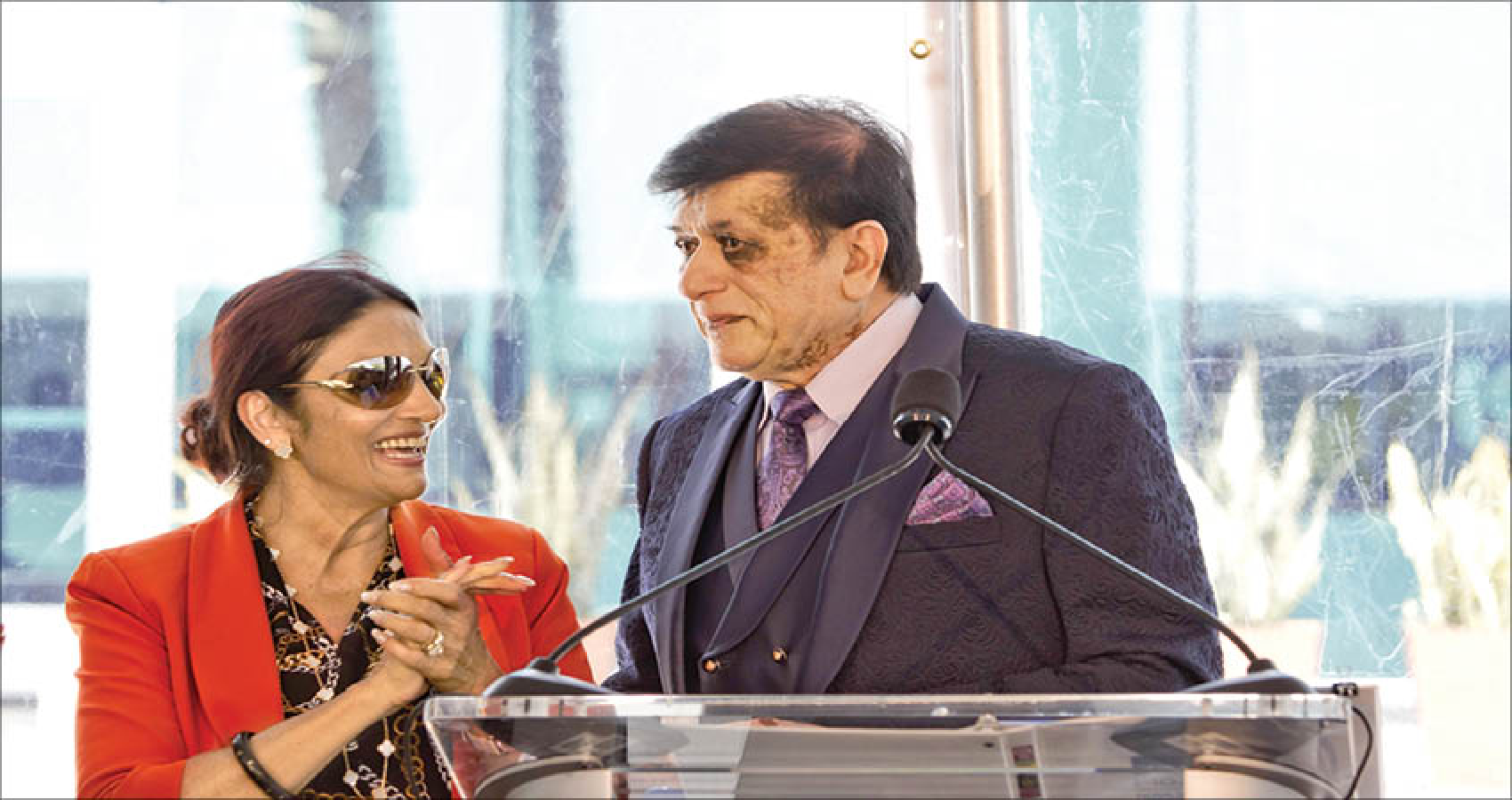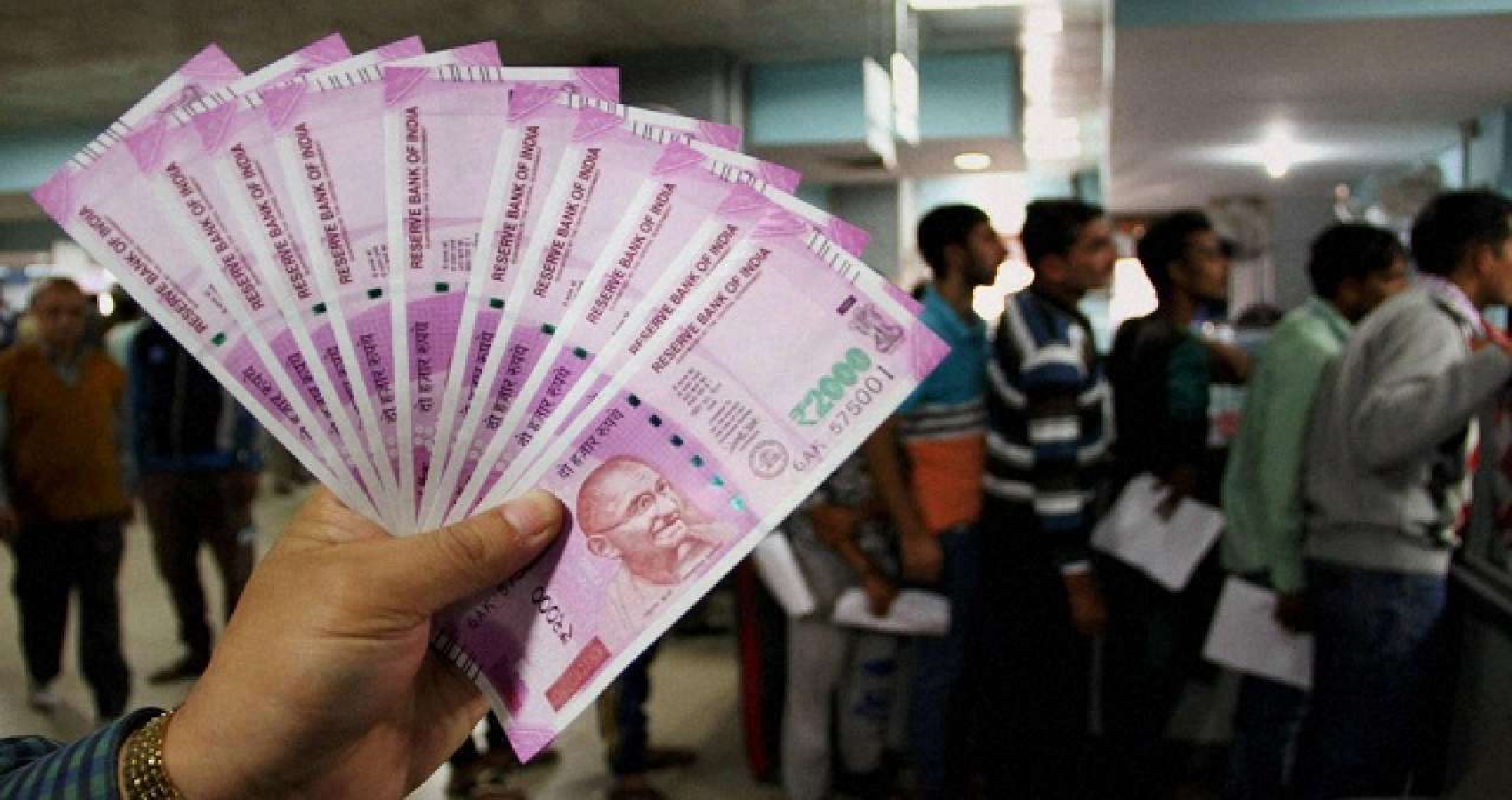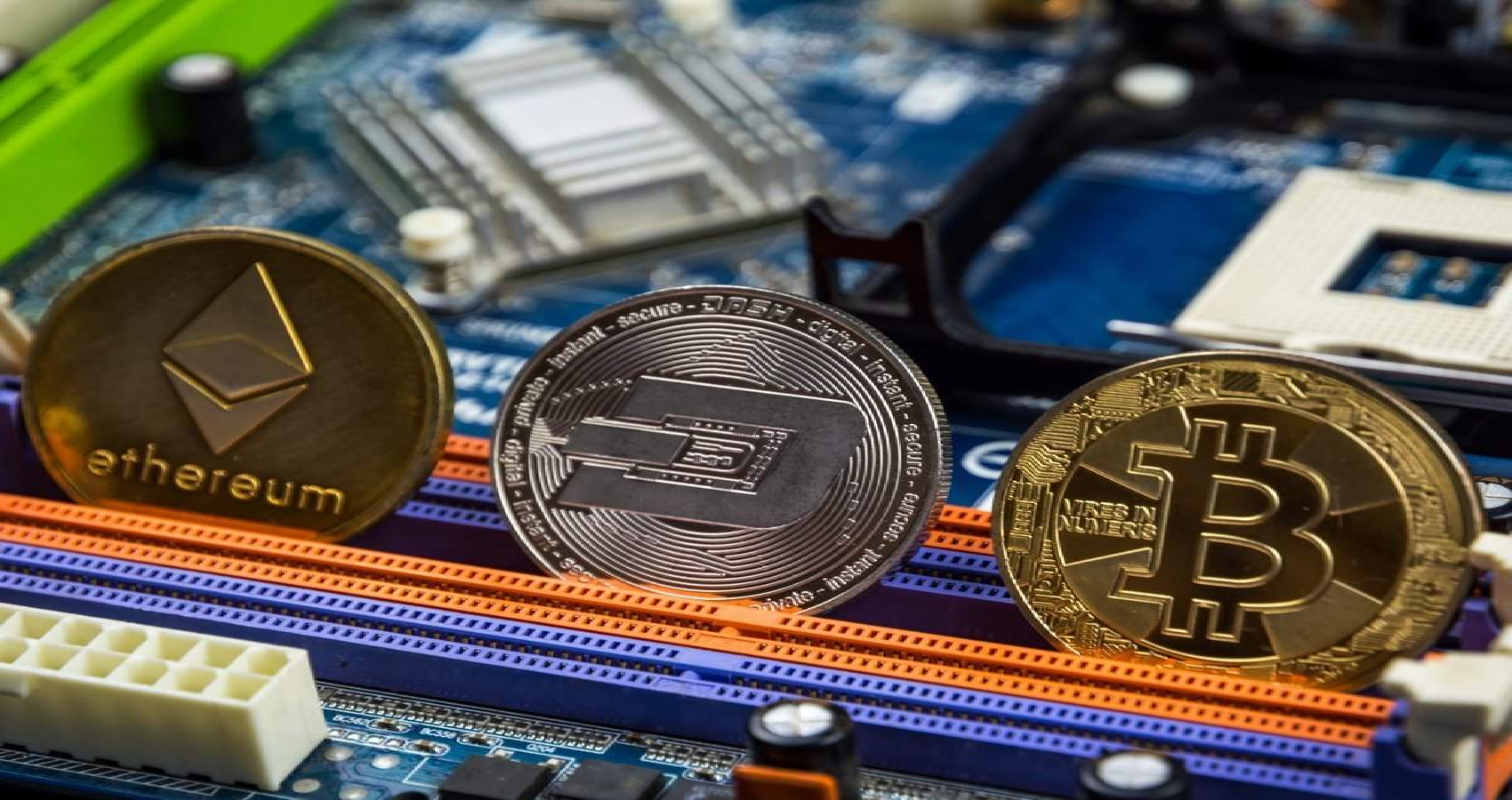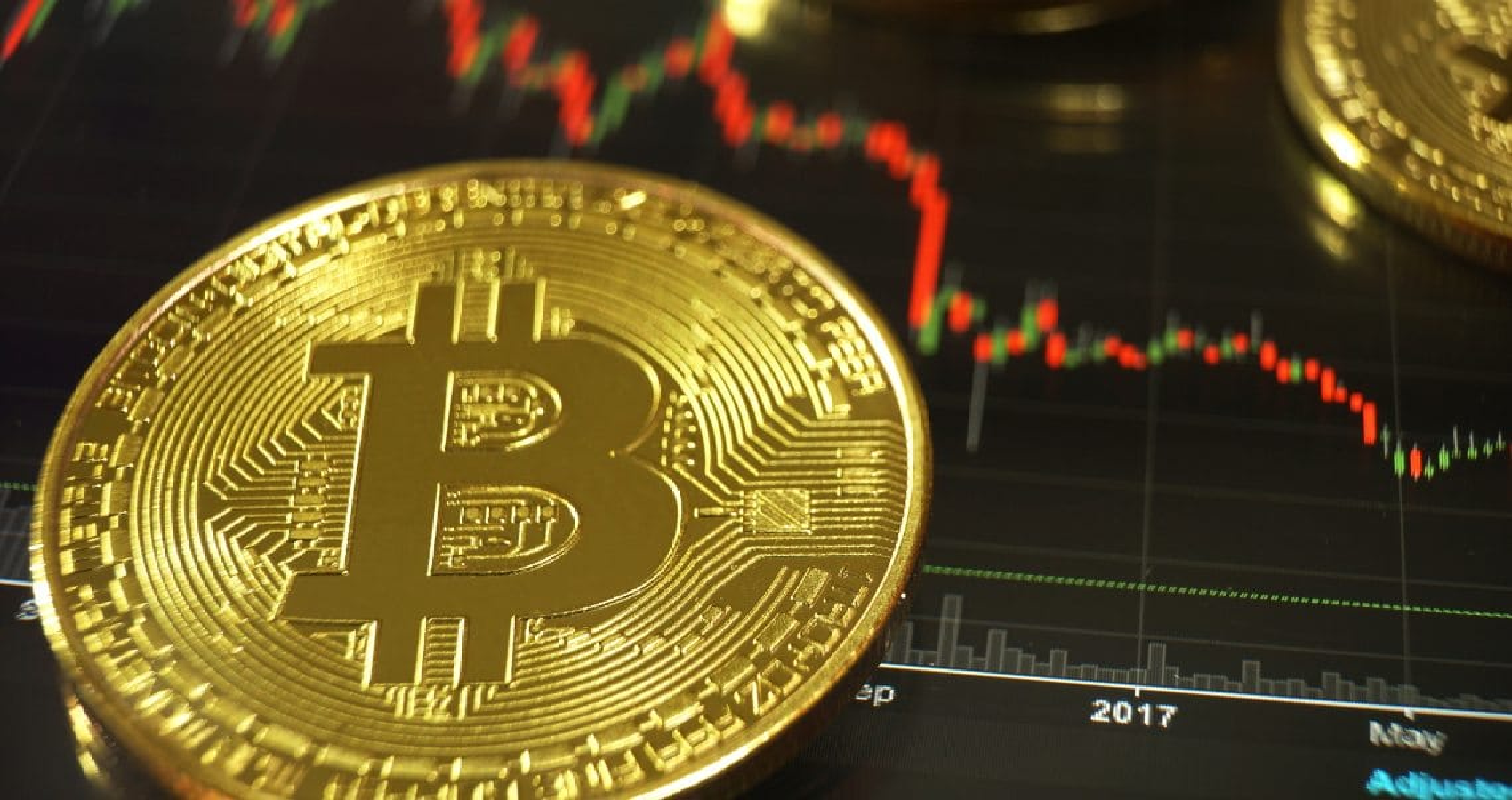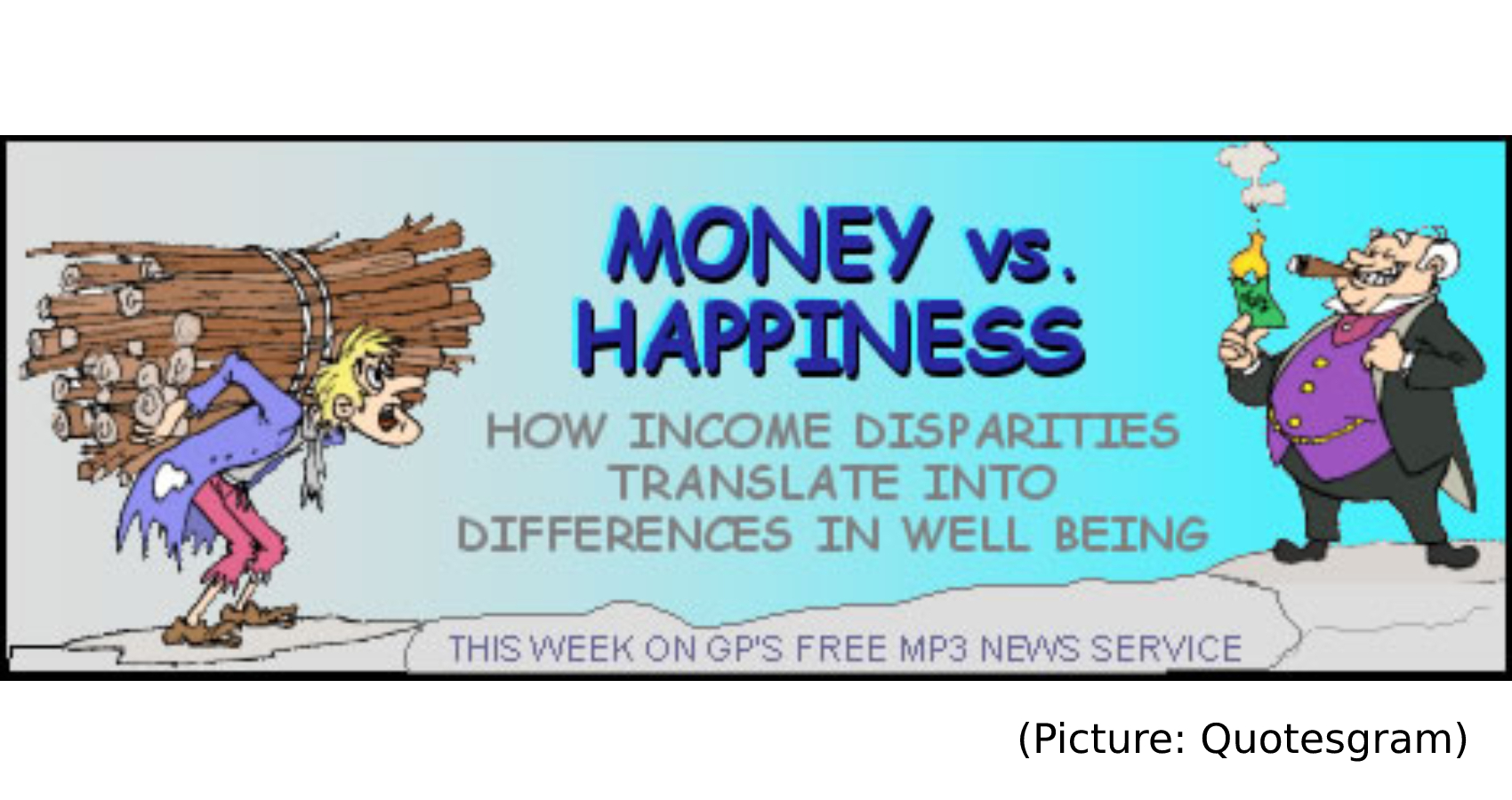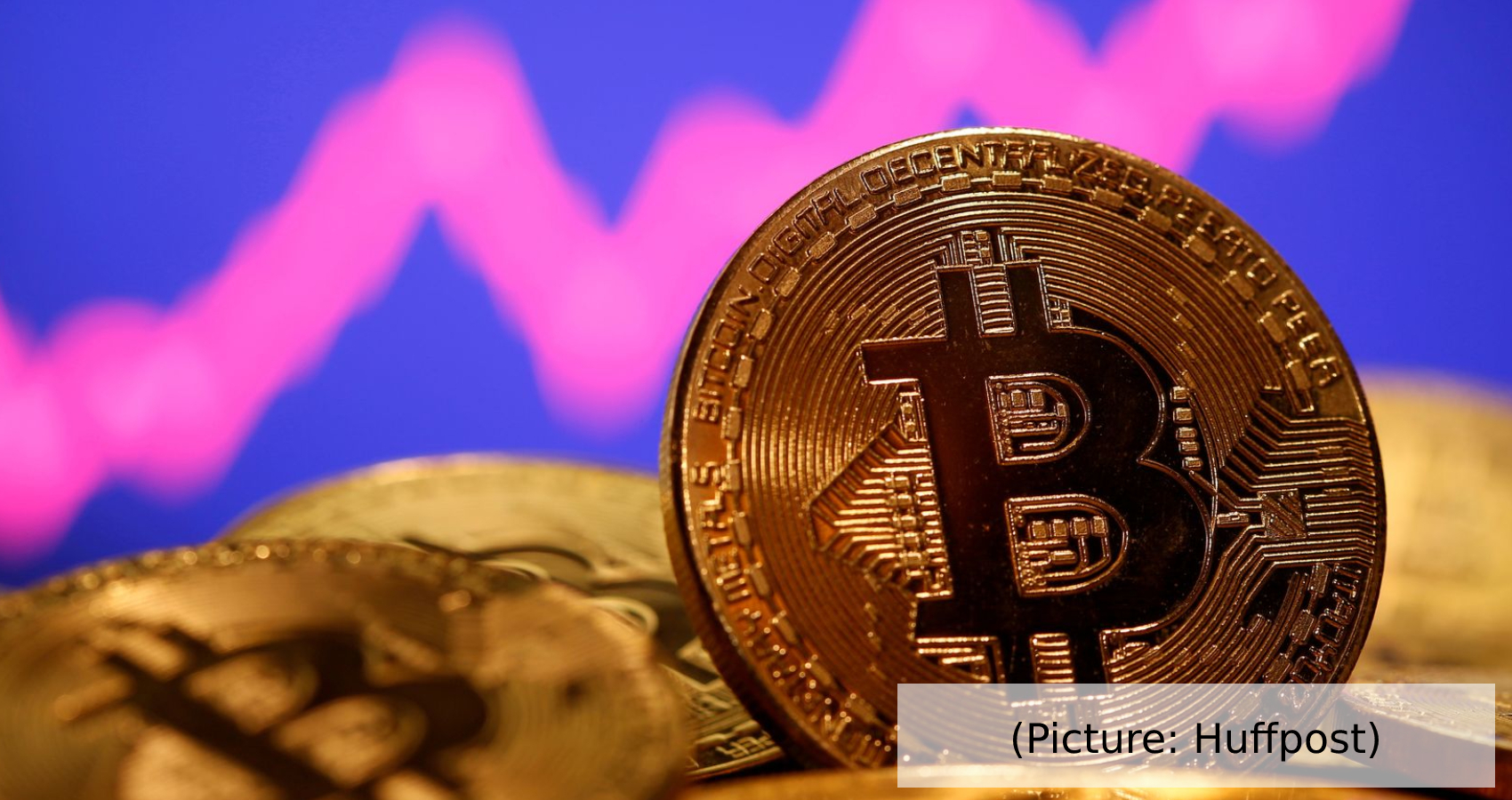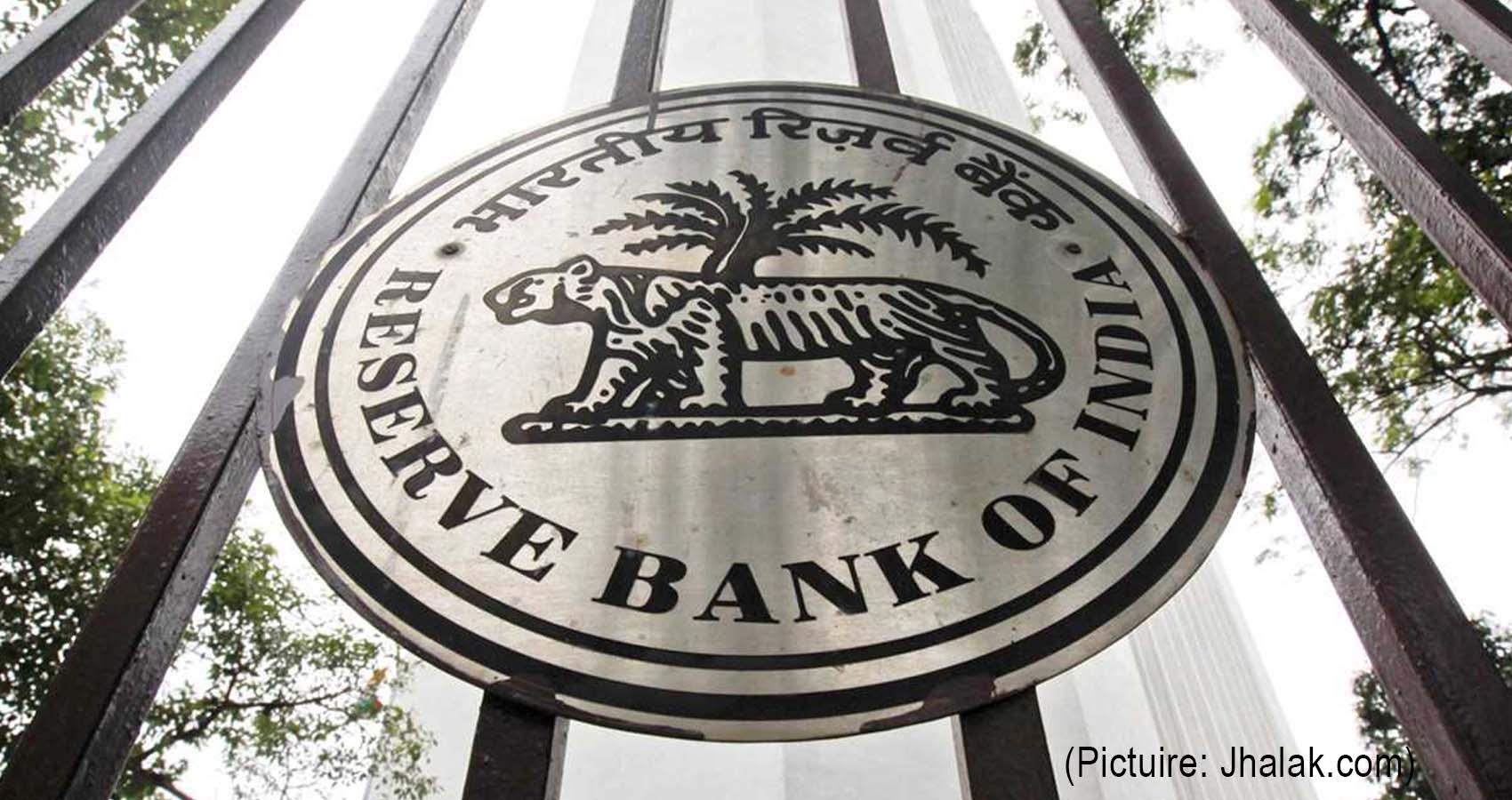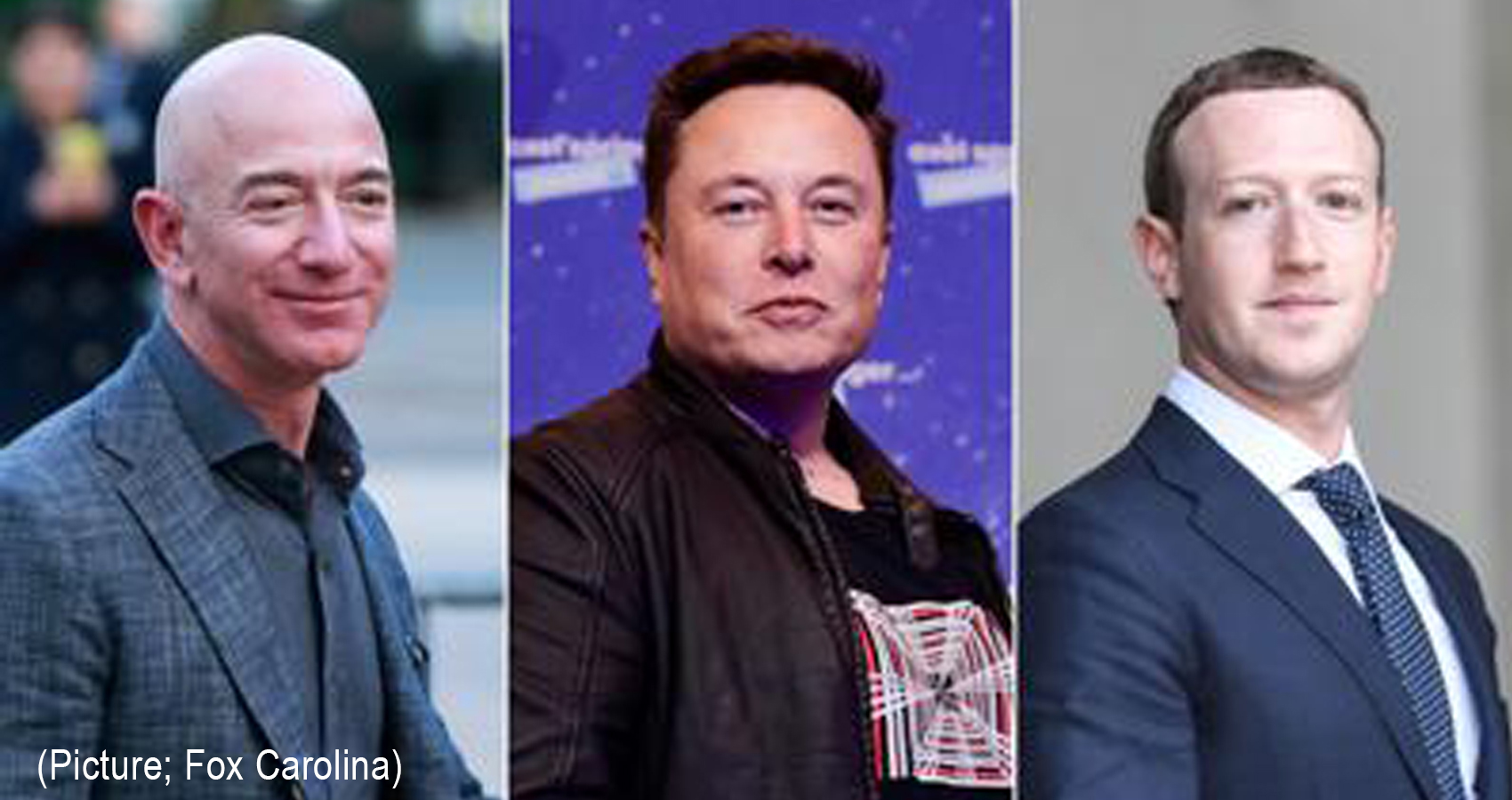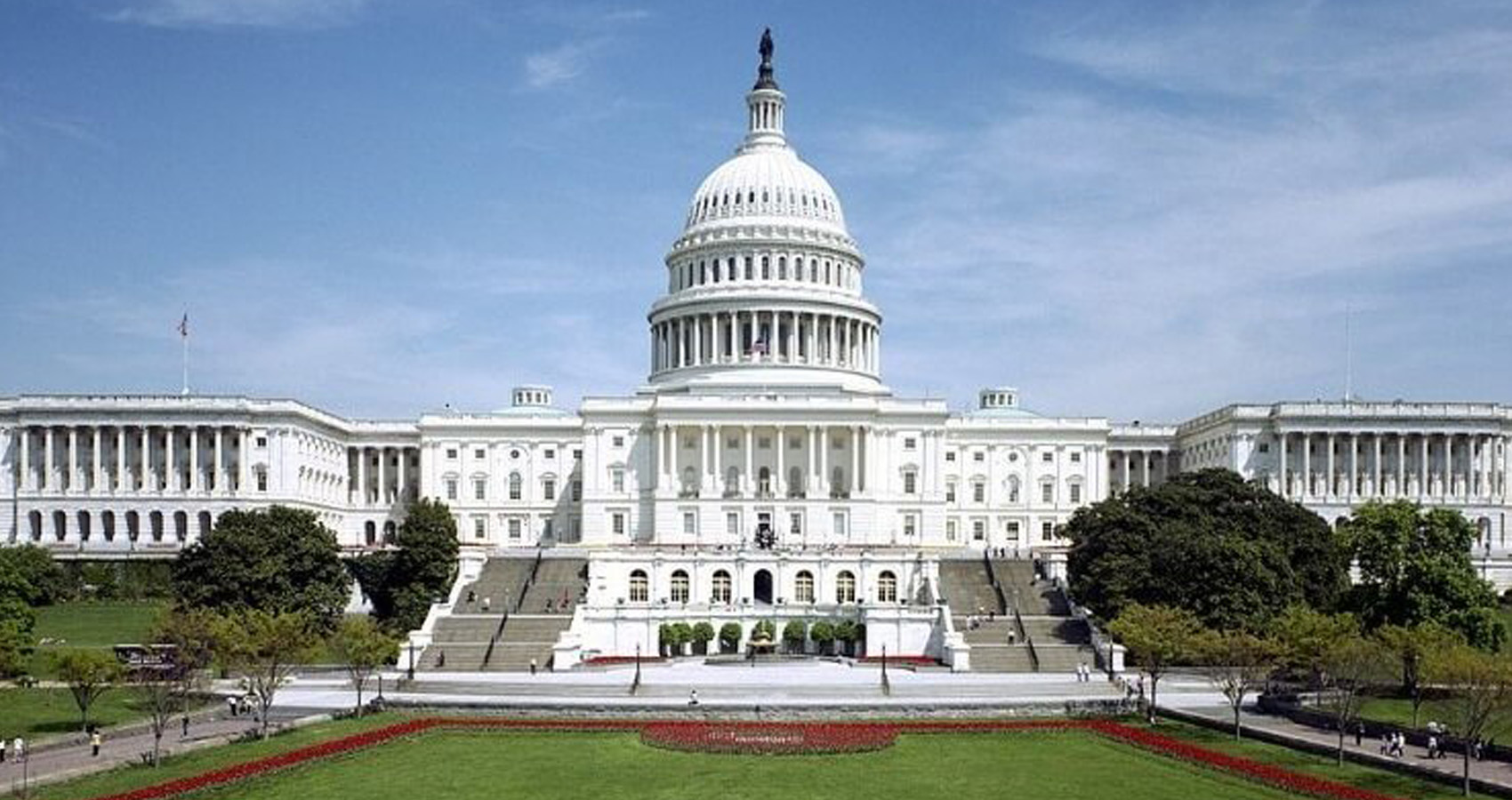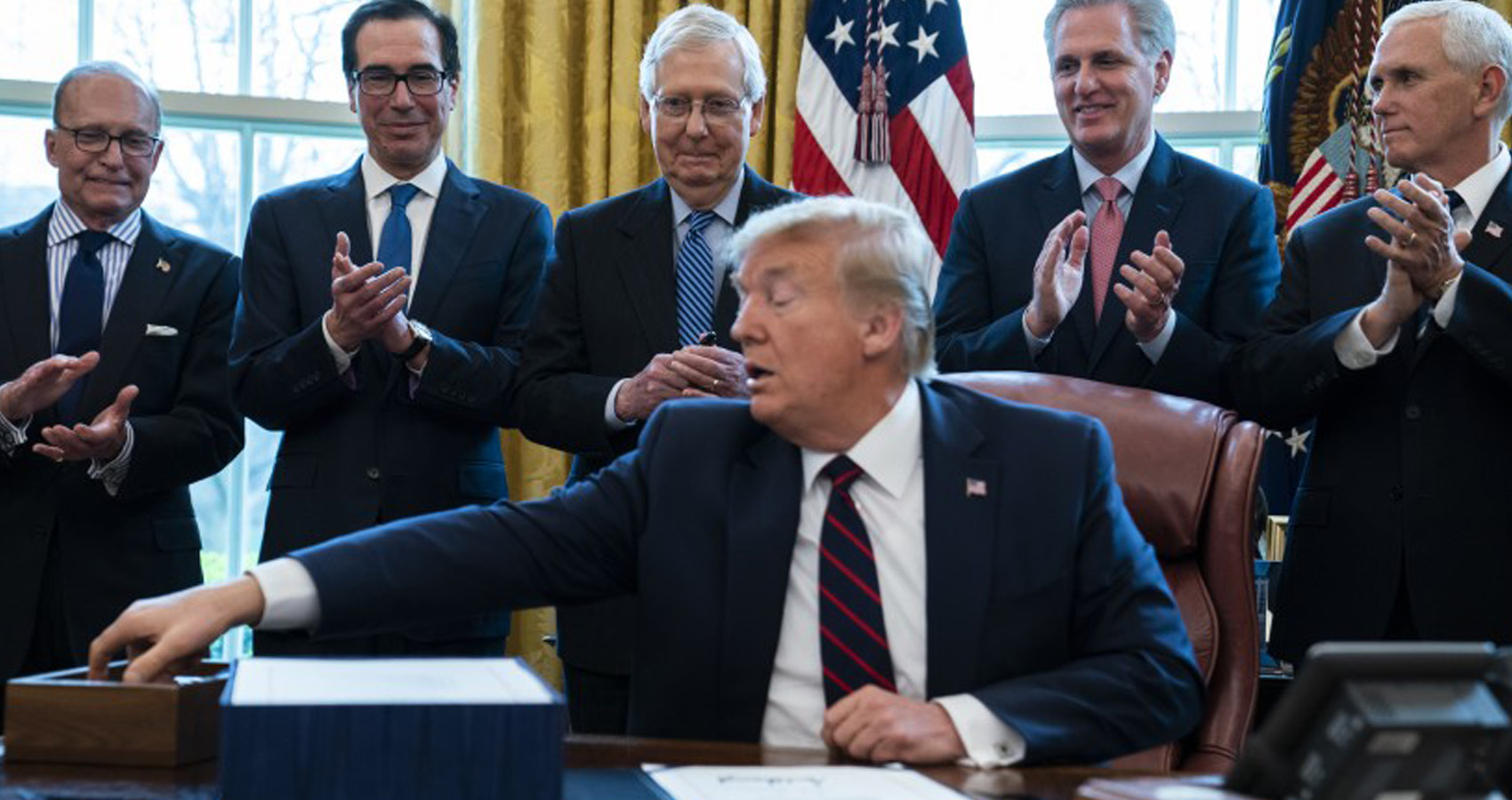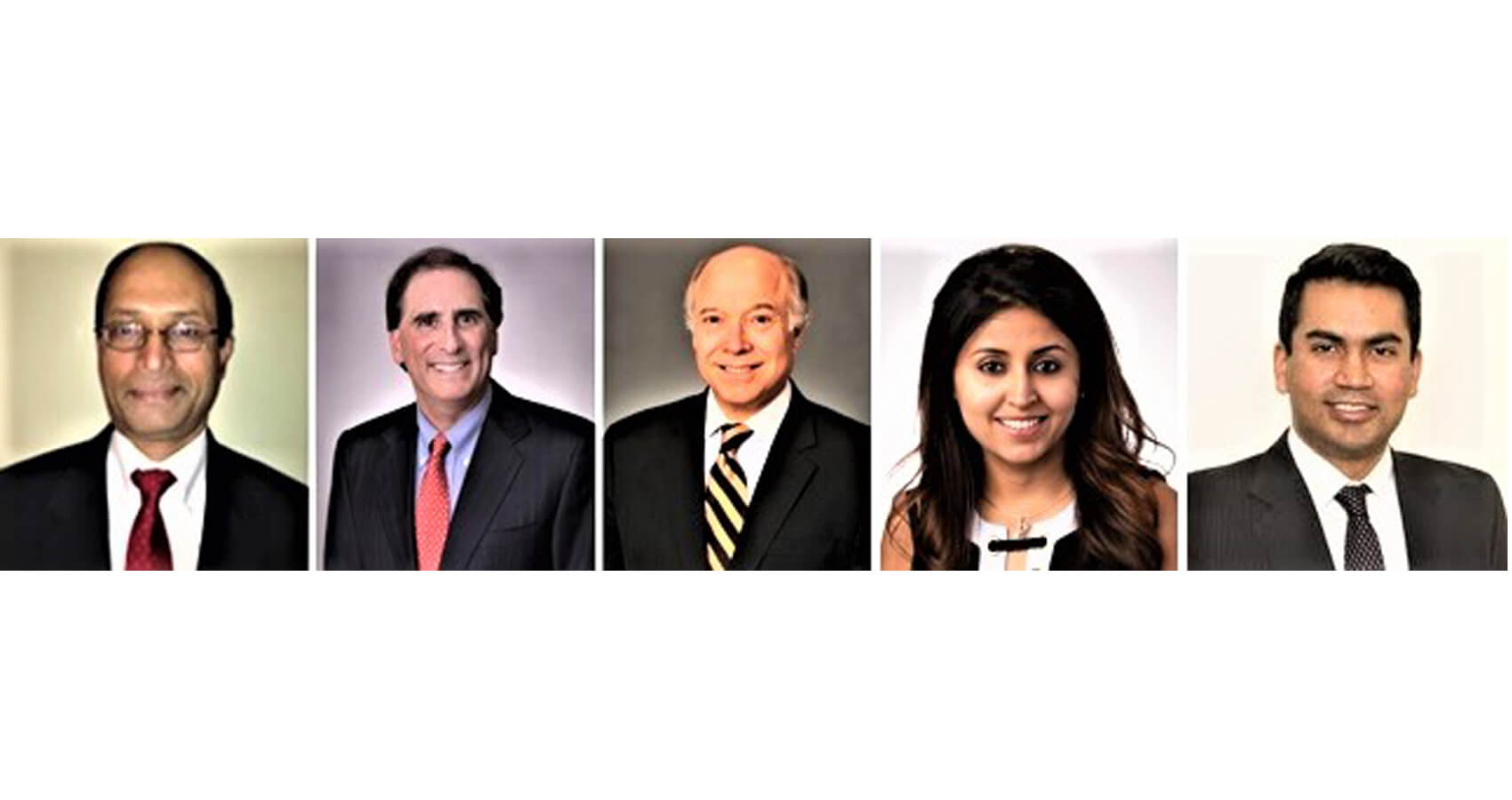If you have federal student loan debt, you now have approximately six months to prepare for payments on that debt to restart. Last week, President Joe Biden’s administration announced it is stretching out the moratorium on federal student loan payments until Jan. 31, 2022. This means that payments will not resume until next year and interest rates will remain at 0%. The latest extension comes shortly after two-thirds of borrowers said it would be difficult for them to afford payments if they resumed the following month, according to a recent survey by The Pew Charitable Trusts.
“What a fantastic opportunity for borrowers to take more control of their finances,” says Laurel Taylor, CEO and founder of FutureFuel.io, a student debt repayment platform. “It will be near two years of payment suspension as we look to January 31. I would really encourage borrowers to maximize this opportunity — whatever that means to them.” The freeze on federal student loan payments was originally set to expire at the end of September. This latest extension will be the “final” one, according to a statement from the U.S. Department of Education.
Pro Tip
Make sure your address and email are up-to-date with your loan servicer, so you don’t miss any important information about your student loans and the temporary extension. That means any student loan debt you had before the COVID-19 pandemic will be waiting for you when repayment begins at the end of the forbearance period, unless the policy changes again. Experts say you shouldn’t count on any of your debt disappearing in the meantime, because it’s unlikely that there will be broad student loan forgiveness —not even the $10,000 that Biden promised during the campaign, that is.
“I don’t see $10,000 in student loan forgiveness coming. I just don’t think he legally can without Congress,” says Robert Farrington, founder and CEO of The College Investor, a site providing advice on student loan debt. “But I do think he’s able to do a lot of good with the powers he has, such as reforming programs that already exist.”
What to Do in Light of Biden’s Extension of Student Loan Relief
Given this latest update, now may be a good time to rethink your student loan repayment strategy. Keep in mind that everyone’s situation is different, but here’s what you should do in light of the extension of the student loan payment freeze, according to experts we spoke to.
If You’ve Experienced Job Loss or Decrease in Income
Use this time to give yourself breathing room to address other financial priorities. If you’re unemployed or your income has decreased over the last year, continue to focus on covering your necessary expenses, such as rent or mortgage payments, utilities, groceries, transportation, and the like. “This relief is targeted toward people who have experienced a job loss or a decrease in income. I advise them to focus on necessary living expenses and try not to have that guilt or worry about setting money aside for student loans because this time is for you,” says Cindy Zuniga-Sanchez, personal finance coach and founder of Zero-Based Budget, a financial education platform on Instagram.
Another thing you can do to lower your monthly payment when it’s due is apply for income-driven repayment. An income-driven repayment plan is a monthly payment based on your family size and a percentage of discretionary income. If you earn less than 150% of the federal poverty line, your payments could be as low as $0. To sign up, go to this federal student aid page, and click on “log in” at the top to start an application. If you are already enrolled in an income-driven plan and your income has changed, ask your lender to recertify your income before payments restart. If you make all your payments on time, an IDR plan allows your loans to be forgiven at the end of the repayment period — even if they aren’t fully repaid.
If you’re unsure what the best repayment option is for you, reach out to your loan servicer for help or go to studentaid.gov. “Be mindful that your payments may not actually cover the interest that’s accumulating on your loan, which means you could end up paying a significant amount in interest,” says Zuniga-Sanchez. “I want to put that caution out there because it’s very important to be informed when we are making these changes to our student loan repayment strategies.”
If You Still Have a Job or Income
You can use these extra months to help divert some money toward building an emergency fund or pay more pressing high-interest debt, such as credit cards or private student loans. “Nobody should be paying extra payments toward their loans at this time. Even if you’re able to, you should save that money and eliminate other debts,” says Farrington.
If you haven’t already, prioritize building an emergency fund first. Try to set aside three to six months’ of expenses, but don’t feel overwhelmed if saving that much feels like an unattainable goal right now. Start small, and go from there. Next, focus on paying down high-interest debt — these strategies can help you do that. You can also use extra funds to invest in retirement accounts, such as a 401(k), IRA, or Roth IRA, or pay down any lower-interest debt you may have, such as medical debt or a car loan. If you want to pay down your student loans during this 0% interest period, Farrington suggests putting that money in a savings account and then making a lump sum payment right before payments start up again. “That way, you keep that money as long as you can,” he says.
If You Are Behind on Student Loan Payments
Because all collection activities will resume once the extension ends, try to rehabilitate your loans as soon as possible. Default on federal loans happens when a payment is 270 days past due, sending your loans to collections and exposing you to damaged credit, garnished wages, and seized tax refunds. “Get out of default so that as payments and collection activity resume, you’re not left getting your wages or taxes garnished,” says Farrington.
To rehabilitate your student loans and get out of default, you’ll need to contact your loan servicer, fill out an application, and follow a specific process. If your application is approved and you make nine on-time payments, even during this forbearance period, your loans will typically transfer to a new loan servicer, and you’ll be out of default.
If loan rehabilitation isn’t possible for you at this time, there is additional deferment and forbearance outside of COVID-19 relief that can give you more time to get back on your feet. For example, there’s unemployment deferment and economic hardship deferment, which both temporarily suspend payments on your student loans. But these options should be your last resort.
The Bottom Line
If you’re part of the majority, you likely haven’t made student loan payments in almost two years. Even though the forbearance period has been extended, now is an excellent opportunity to review your finances and make a plan for resuming payments come next year. For example, you may need to trim or readjust certain spending areas now, so you have room in your budget in 2022 when payment is due. Based on the most recent announcement, it’s safe to assume student loan payments will restart in 2022 and it’s better to get ahead of the curve while you can. “Two years of suspension on student loan payments is unprecedented,” says Laurel, “and it is an opportunity for borrowers to get ahead.”

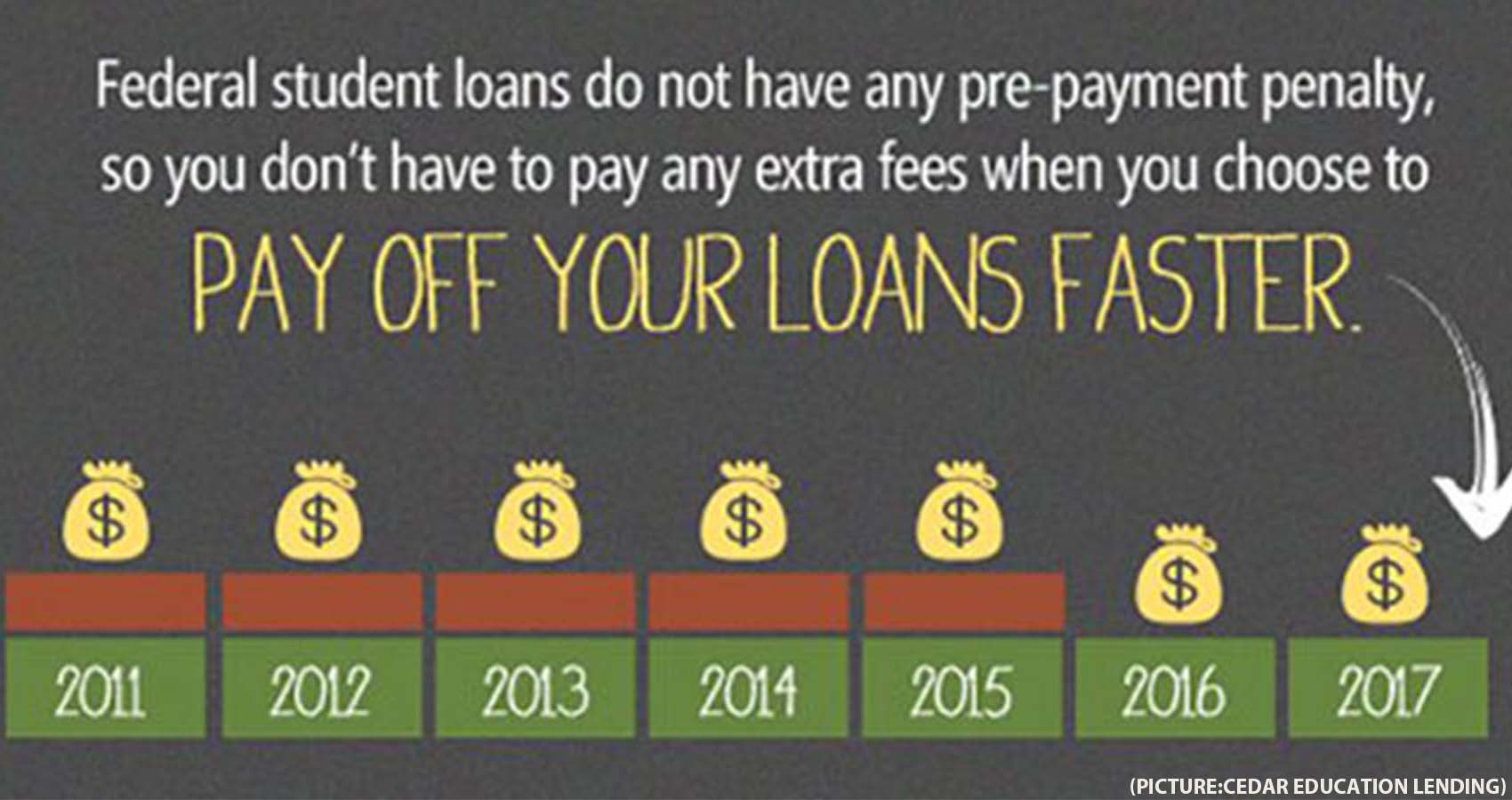
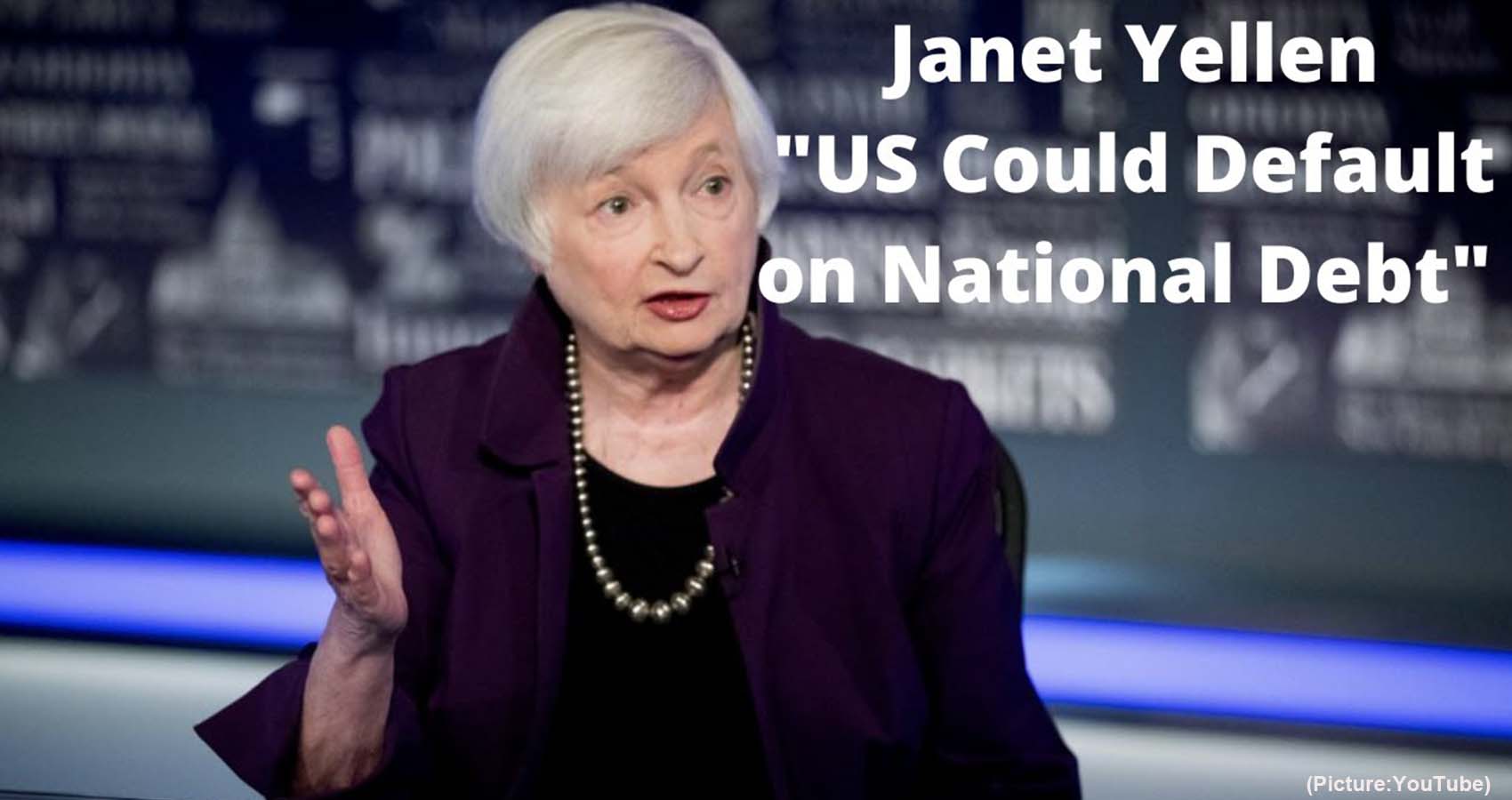
 “Once all available measures and cash on hand are fully exhausted, the United States of America would be unable to meet its obligations for the first time in our history,” Yellen said. “Given this uncertainty, the Treasury Department is not able to provide a specific estimate of how long the extraordinary measures will last. However, based on our best and most recent information, the most likely outcome is that cash and extraordinary measures will be exhausted during the month of October,” she continued. Yellen wrote the letter to Speaker
“Once all available measures and cash on hand are fully exhausted, the United States of America would be unable to meet its obligations for the first time in our history,” Yellen said. “Given this uncertainty, the Treasury Department is not able to provide a specific estimate of how long the extraordinary measures will last. However, based on our best and most recent information, the most likely outcome is that cash and extraordinary measures will be exhausted during the month of October,” she continued. Yellen wrote the letter to Speaker 
 Although planners are still scouting for locations, possible targets include Nevada, Utah, Idaho, Arizona, Texas and the Appalachian region, according to the project’s official website. The announcement was accompanied by a series of digital renderings by Bjarke Ingels Group (BIG), the architecture firm hired to bring Lore’s utopian dream to life. The images show residential buildings covered with greenery and imagined residents enjoying abundant open space. With fossil-fuel-powered vehicles banned in the city, autonomous vehicles are pictured traveling down sun-lit streets alongside scooters and pedestrians.
Although planners are still scouting for locations, possible targets include Nevada, Utah, Idaho, Arizona, Texas and the Appalachian region, according to the project’s official website. The announcement was accompanied by a series of digital renderings by Bjarke Ingels Group (BIG), the architecture firm hired to bring Lore’s utopian dream to life. The images show residential buildings covered with greenery and imagined residents enjoying abundant open space. With fossil-fuel-powered vehicles banned in the city, autonomous vehicles are pictured traveling down sun-lit streets alongside scooters and pedestrians.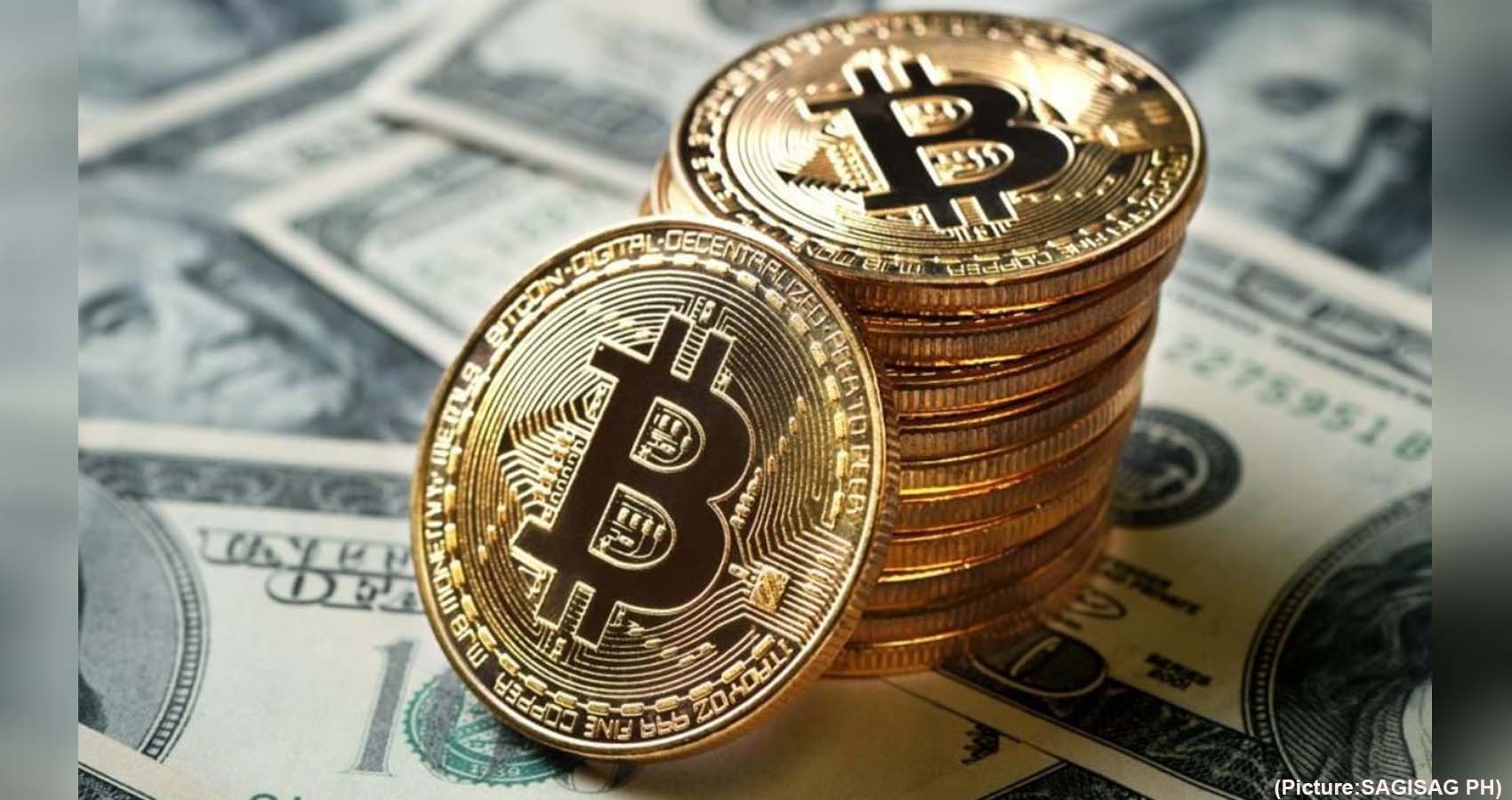
 The 40-year-old president is popular with the public but has been accused of eroding democracy, including by the administration of U.S. President Joe Biden. Doubters say bitcoin could increase regulatory and financial risks for the Central American nation, and polls show Salvadorans are wary of the volatility of the cryptocurrency, which can shed hundreds of dollars in value in a day. To warm up a skeptical public, Bukele has promised every citizen $30 in bitcoin if they sign up for a government digital wallet. Ahead of the launch, El Salvador bought 400 bitcoins, Bukele said, helping drive the currency price above $52,000 for the first time since May.
The 40-year-old president is popular with the public but has been accused of eroding democracy, including by the administration of U.S. President Joe Biden. Doubters say bitcoin could increase regulatory and financial risks for the Central American nation, and polls show Salvadorans are wary of the volatility of the cryptocurrency, which can shed hundreds of dollars in value in a day. To warm up a skeptical public, Bukele has promised every citizen $30 in bitcoin if they sign up for a government digital wallet. Ahead of the launch, El Salvador bought 400 bitcoins, Bukele said, helping drive the currency price above $52,000 for the first time since May.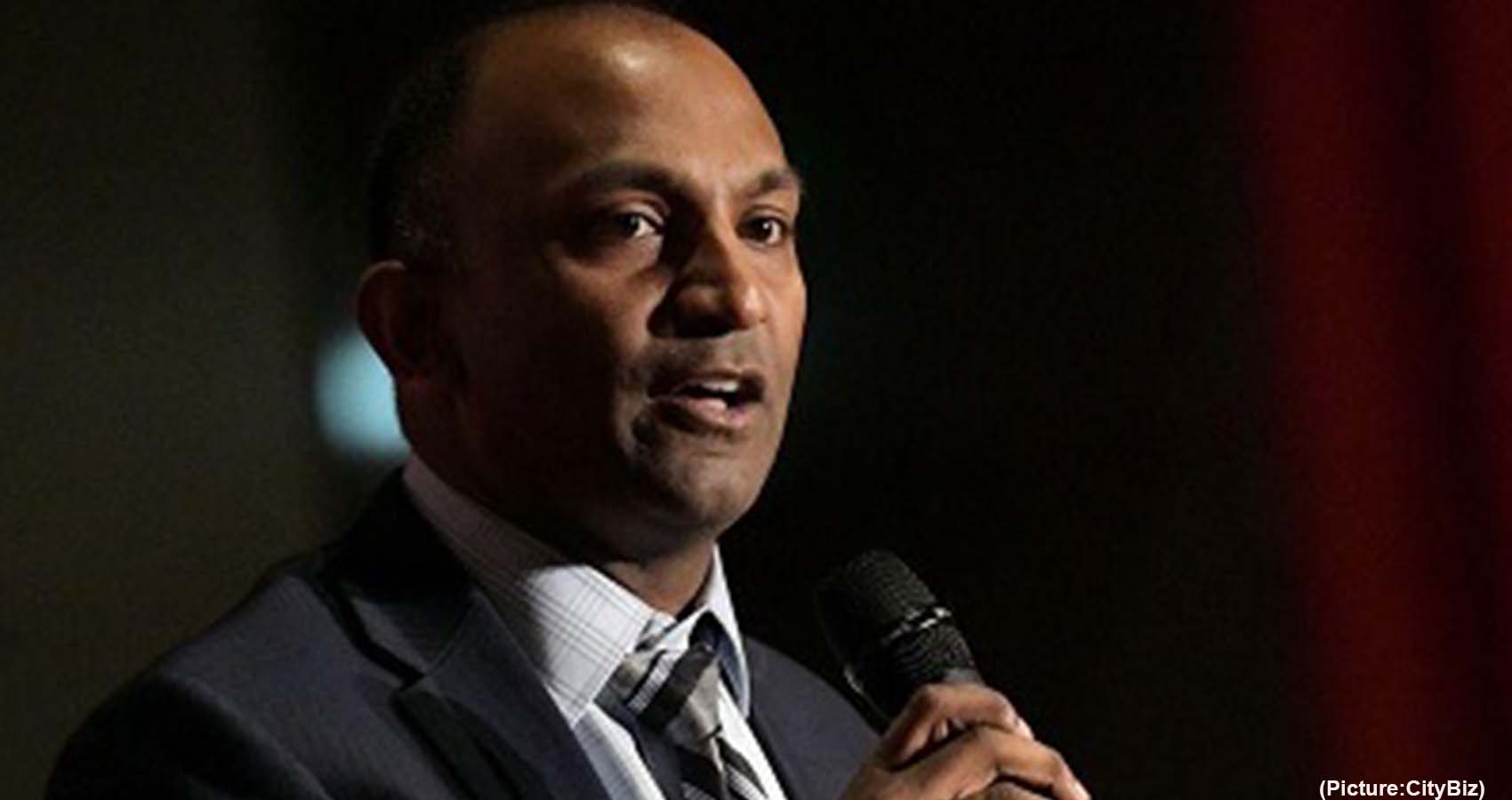
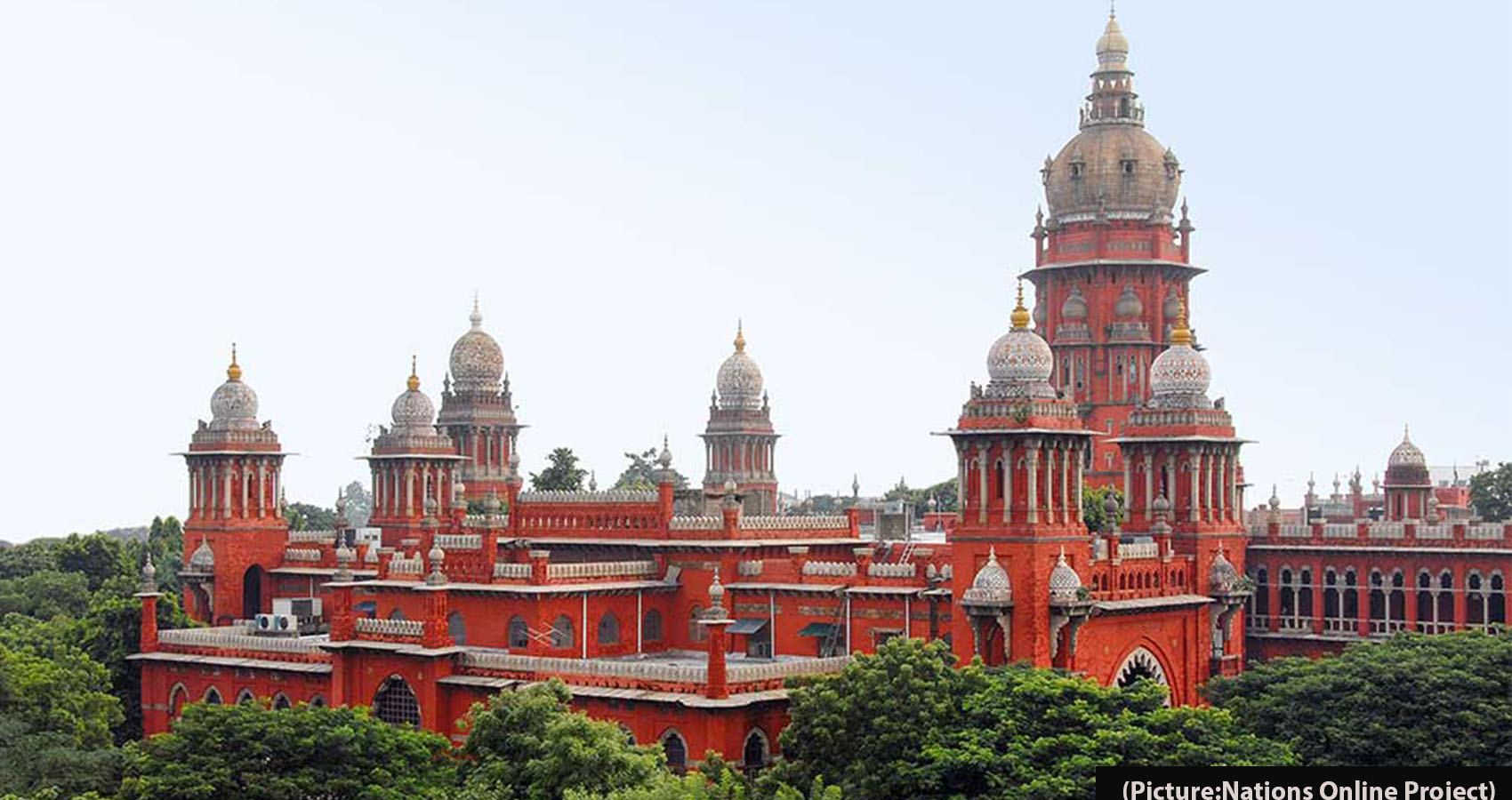
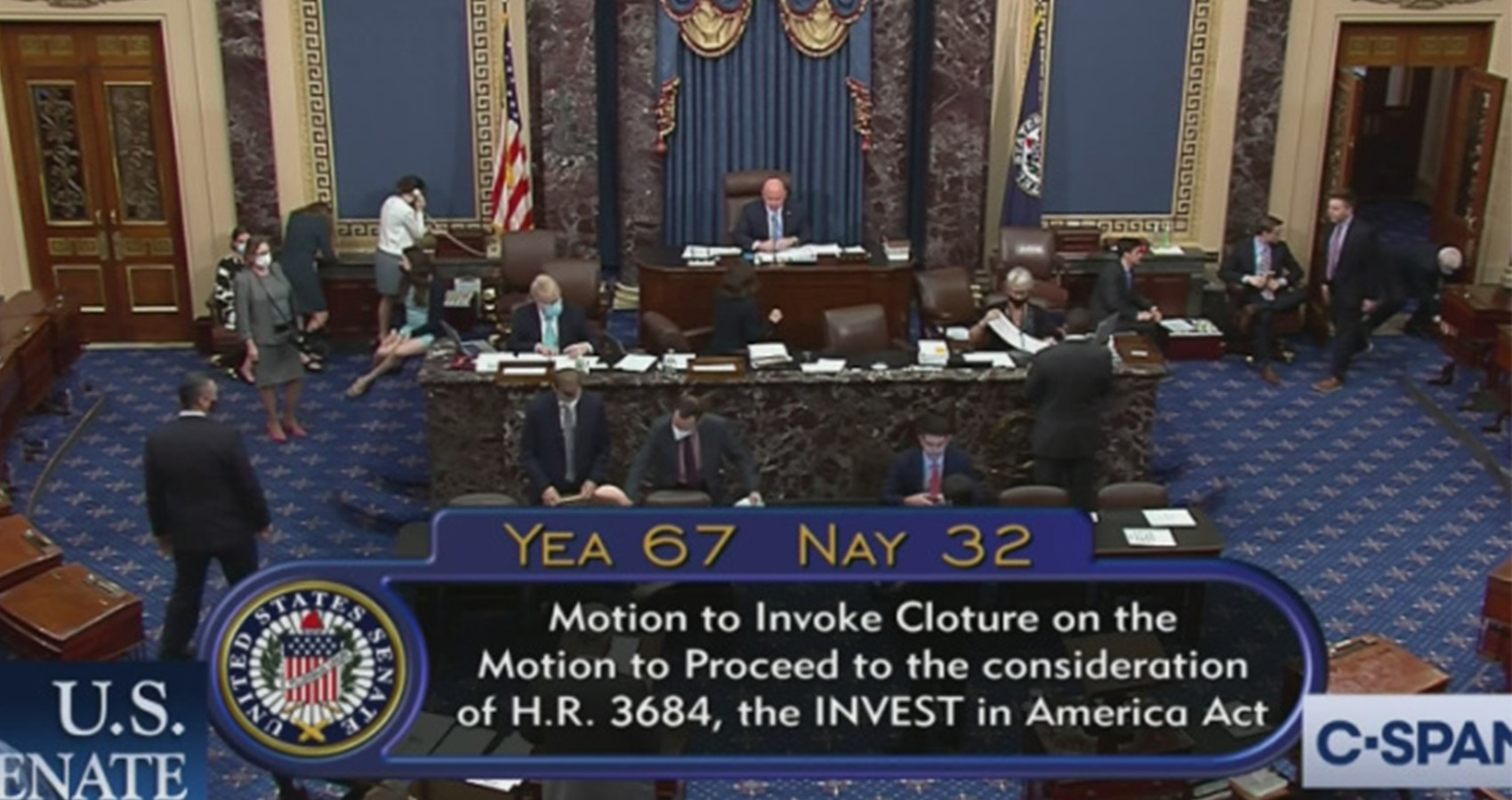
 In the 67 to 32 vote, 17 Republicans including Senate Minority Leader Mitch McConnell joined Democrats to advance the bill. The proposal includes some of President Biden’s top domestic priorities and provides billions of dollars in funding for bridges, roads, broadband internet, clean water, public transit and more over the next five years. It encapsulates so-called “hard” infrastructure and is separate from Democratic efforts to pass a $3.5 trillion package for so-called “soft” infrastructure, which includes policies like Medicare expansion and universal child care.
In the 67 to 32 vote, 17 Republicans including Senate Minority Leader Mitch McConnell joined Democrats to advance the bill. The proposal includes some of President Biden’s top domestic priorities and provides billions of dollars in funding for bridges, roads, broadband internet, clean water, public transit and more over the next five years. It encapsulates so-called “hard” infrastructure and is separate from Democratic efforts to pass a $3.5 trillion package for so-called “soft” infrastructure, which includes policies like Medicare expansion and universal child care.
 Prime Minister Narendra Modi launched digital payment solution e-RUPI, a person and purpose specific cashless digital payment solution, via videoconference on Monday, August 2, 2021. Speaking on the occasion, he said the eRUPI voucher was a symbol of how India was progressing by connecting people’s lives with technology. He expressed happiness that this futuristic reform initiative had come at a time when the country was celebrating the Amrit Mahotsav on the 75th anniversary of Independence.
Prime Minister Narendra Modi launched digital payment solution e-RUPI, a person and purpose specific cashless digital payment solution, via videoconference on Monday, August 2, 2021. Speaking on the occasion, he said the eRUPI voucher was a symbol of how India was progressing by connecting people’s lives with technology. He expressed happiness that this futuristic reform initiative had come at a time when the country was celebrating the Amrit Mahotsav on the 75th anniversary of Independence.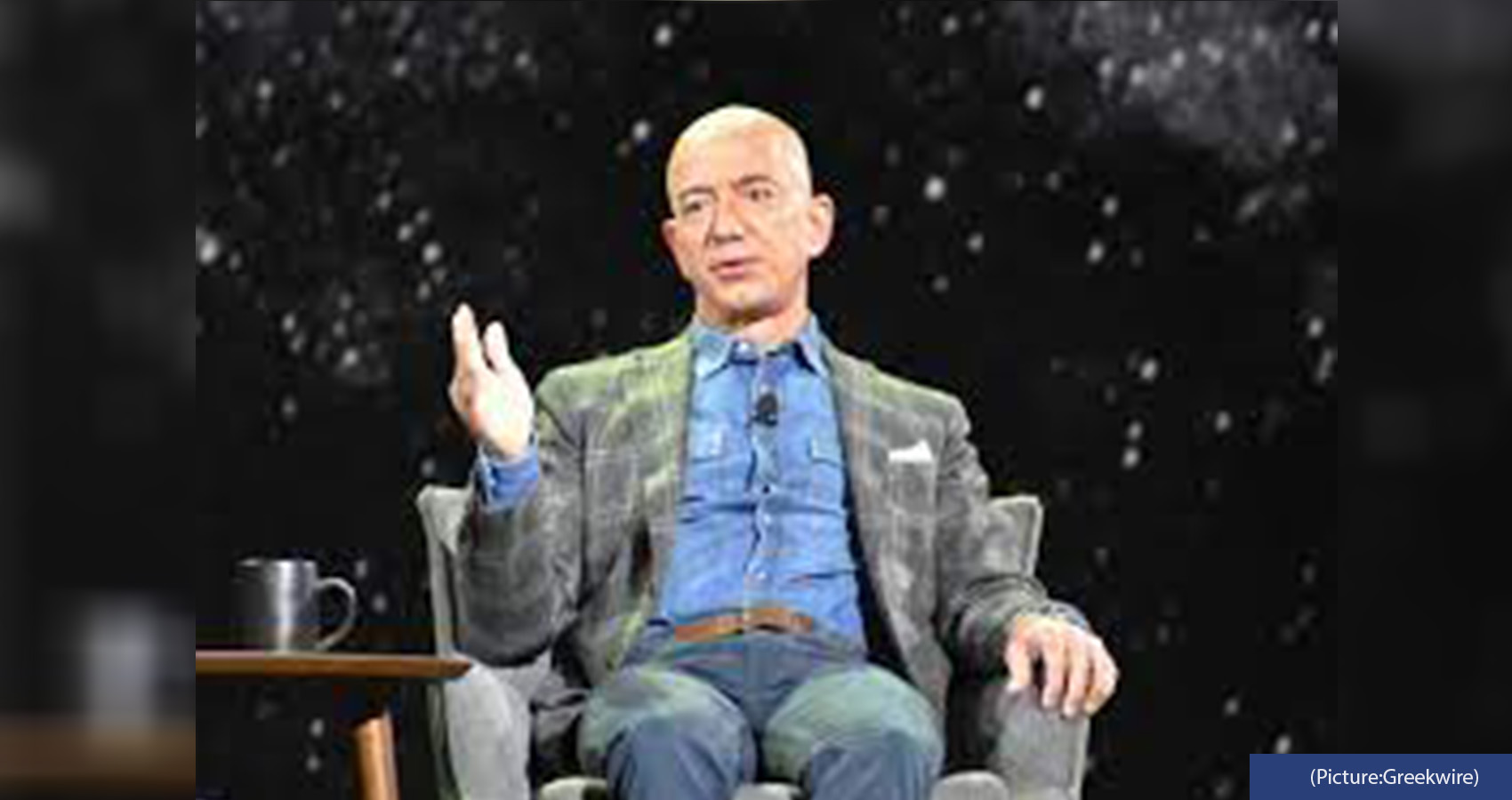

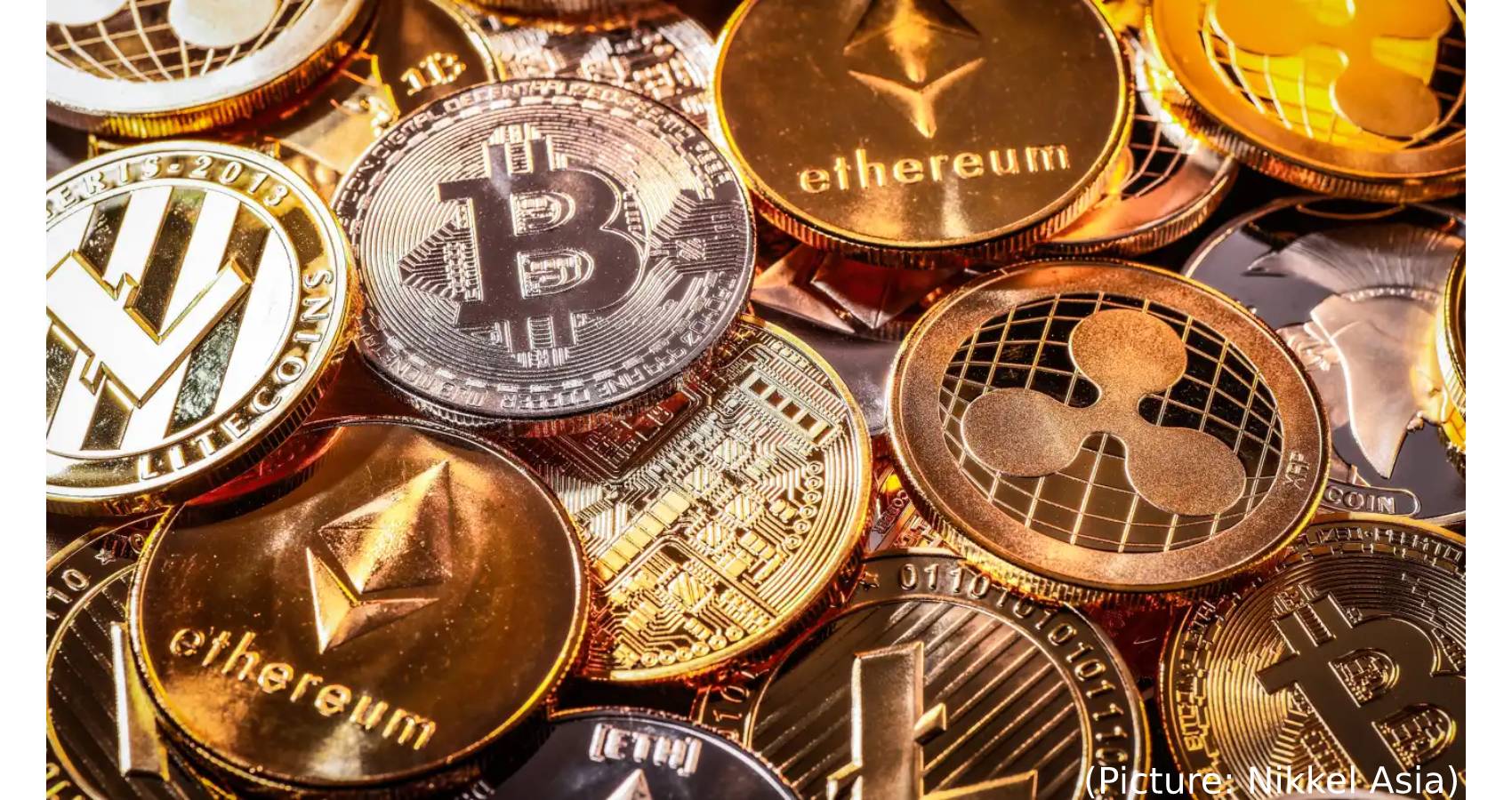
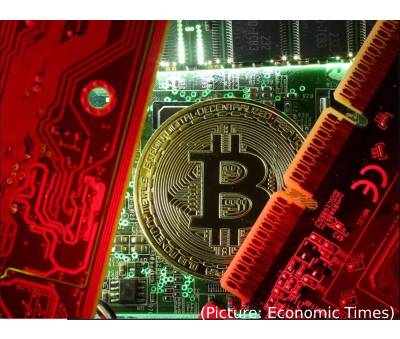 Moreover, it has become clear that Bitcoin does not offer true anonymity. The government’s success in
Moreover, it has become clear that Bitcoin does not offer true anonymity. The government’s success in 
 As the costs mounted, he borrowed from friends and relatives. Then, he turned to strangers, pleading online for help on Ketto, an Indian crowdfunding website. Overall, Sharma says he has paid over $50,000 in medical bills. The crowdfunding provided $28,000, but another $26,000 is borrowed money he needs to repay, a kind of debt he has never faced before. “He was struggling for his life and we were struggling to provide him an opportunity to survive,” he said, his voice thick with emotion. “I was a proud father — and now I have become a beggar.”
As the costs mounted, he borrowed from friends and relatives. Then, he turned to strangers, pleading online for help on Ketto, an Indian crowdfunding website. Overall, Sharma says he has paid over $50,000 in medical bills. The crowdfunding provided $28,000, but another $26,000 is borrowed money he needs to repay, a kind of debt he has never faced before. “He was struggling for his life and we were struggling to provide him an opportunity to survive,” he said, his voice thick with emotion. “I was a proud father — and now I have become a beggar.”
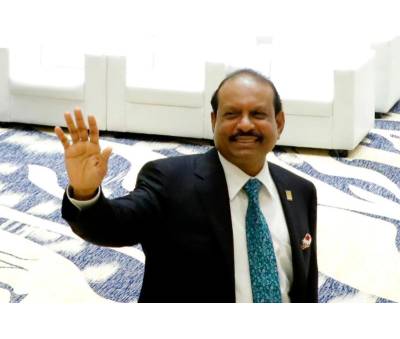 This is indeed a very proud and emotional moment for me. I am very happy to receive Abu Dhabi’s highest civilian award from the blessed hands of HH Sheikh
This is indeed a very proud and emotional moment for me. I am very happy to receive Abu Dhabi’s highest civilian award from the blessed hands of HH Sheikh 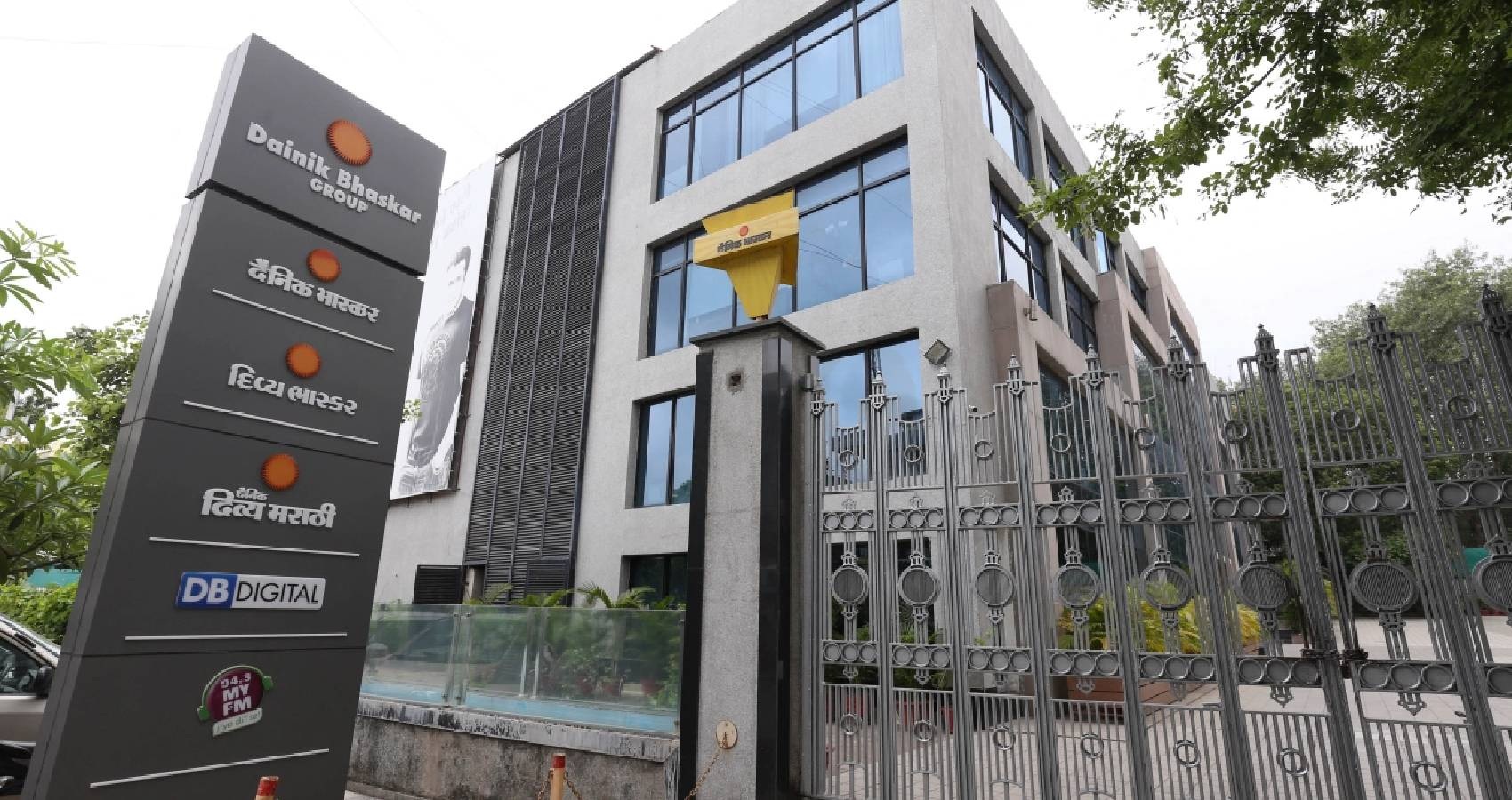
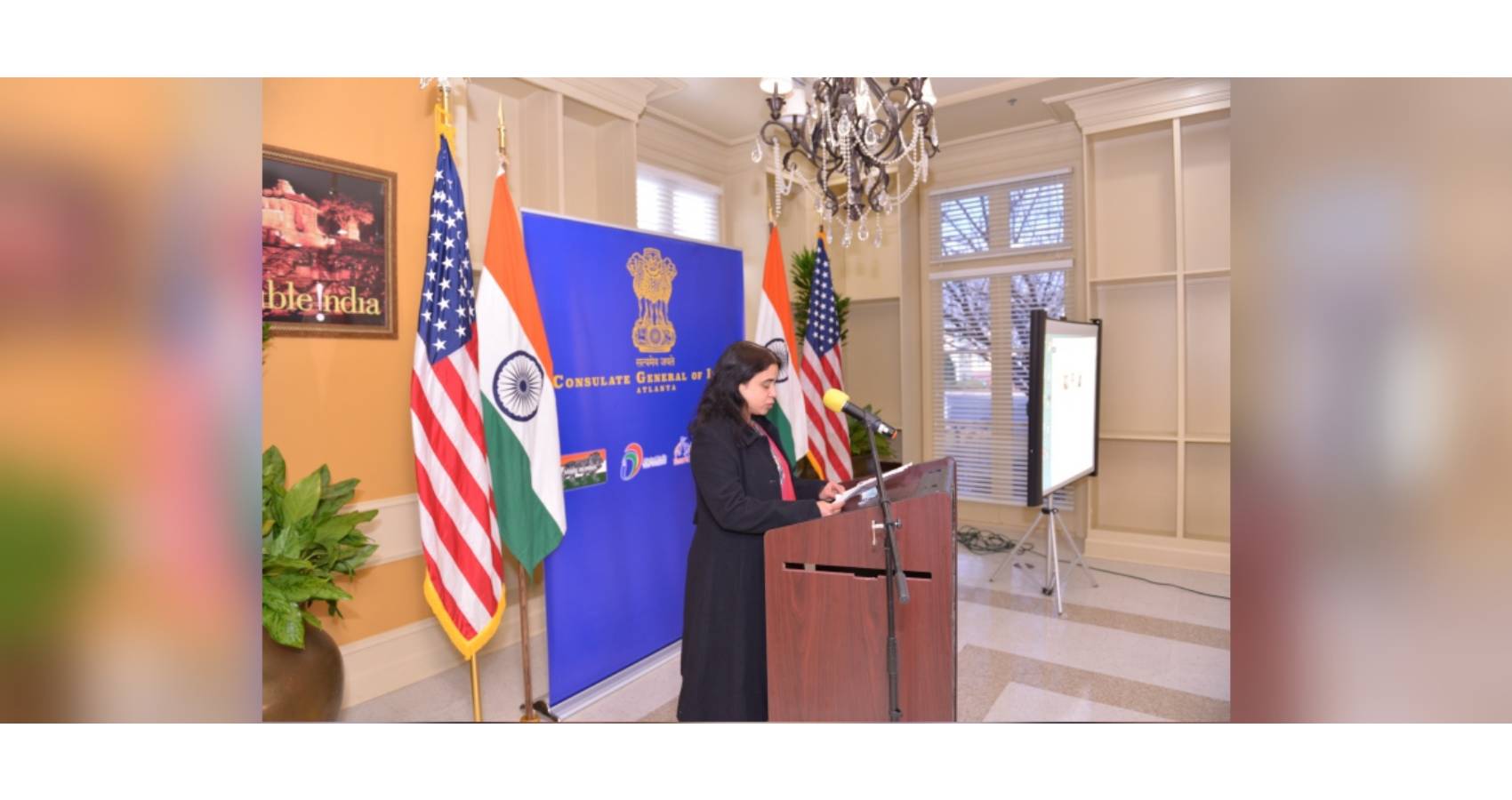
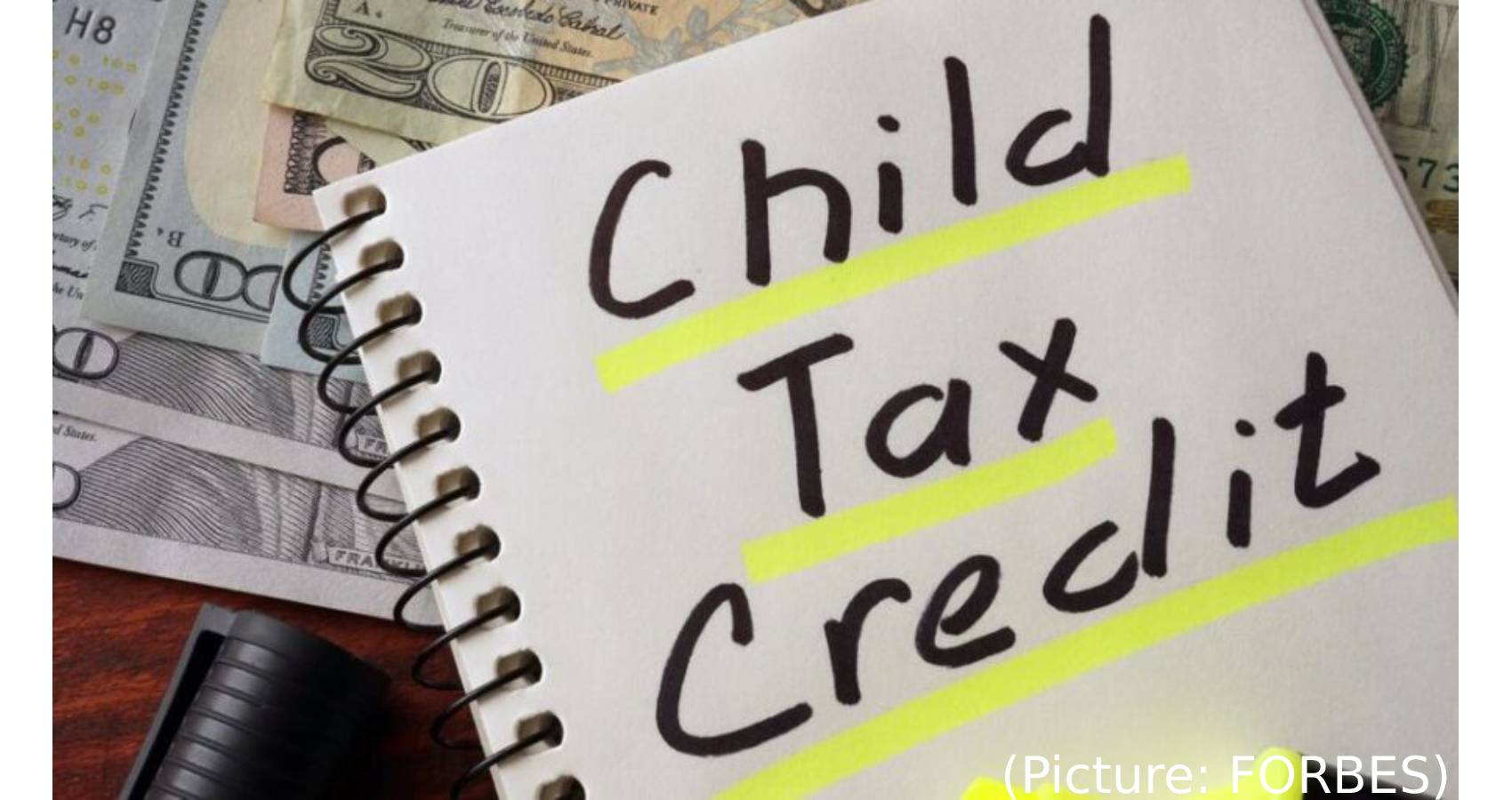


 You normally must have earned income to claim the child tax credit. For this year, you’re entitled to the credit even if you were not employed and had no earned income. And whereas the usual $2,000 credit is only refundable up to $1,2000, the entire expanded credit is refundable. What “fully refundable” means is that if your total federal income tax liability is less than the credit amount, you receive the difference back as a refund. For example, if your total tax liability is $0 and your credit is $3,600, you’ll receive $3,600 back. If your tax liability is $2,000 and your credit is $3,000, you’ll receive $1,000 back. The income threshold to receive the full credit is $75,000 for a single filer.
You normally must have earned income to claim the child tax credit. For this year, you’re entitled to the credit even if you were not employed and had no earned income. And whereas the usual $2,000 credit is only refundable up to $1,2000, the entire expanded credit is refundable. What “fully refundable” means is that if your total federal income tax liability is less than the credit amount, you receive the difference back as a refund. For example, if your total tax liability is $0 and your credit is $3,600, you’ll receive $3,600 back. If your tax liability is $2,000 and your credit is $3,000, you’ll receive $1,000 back. The income threshold to receive the full credit is $75,000 for a single filer.